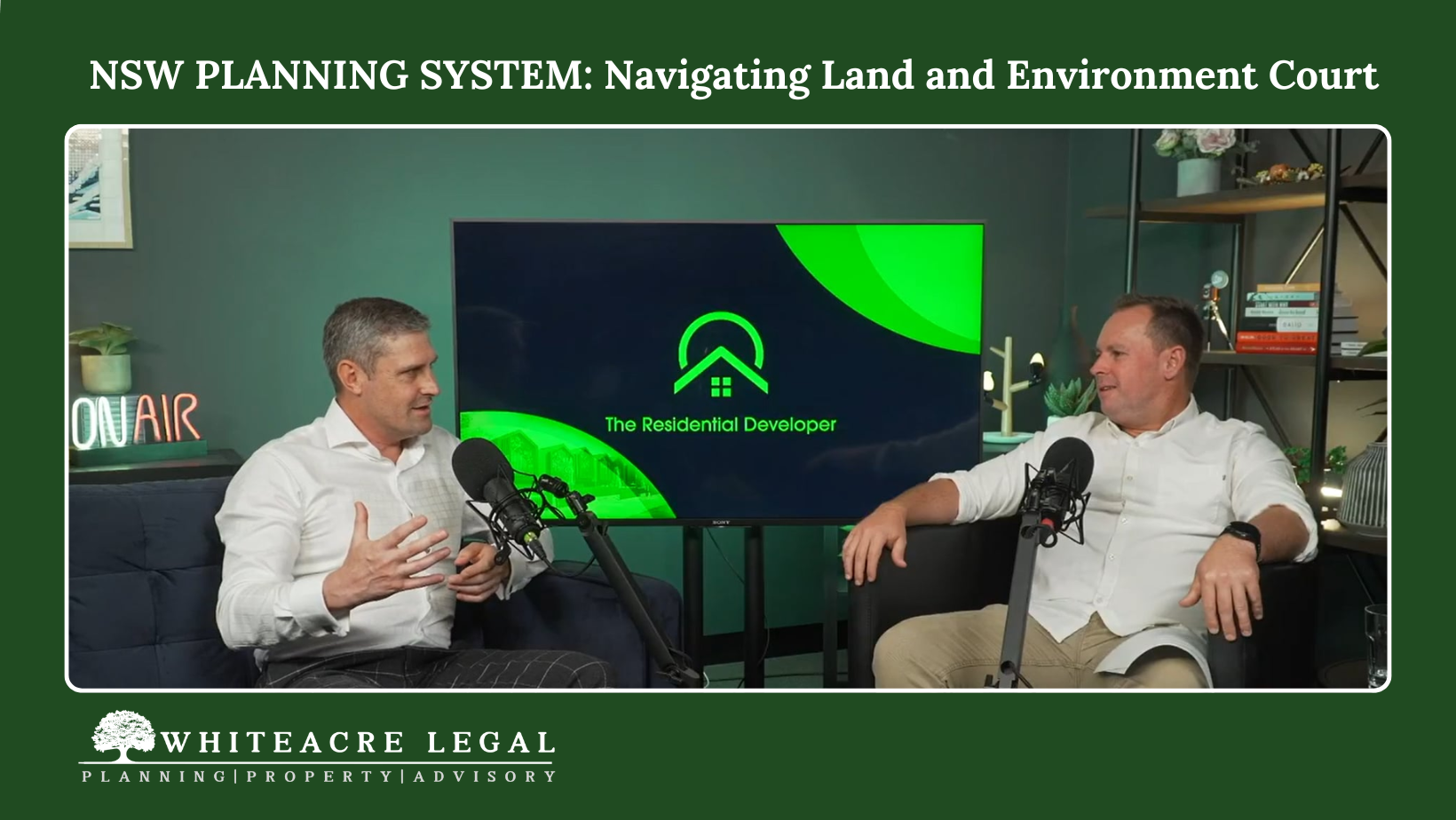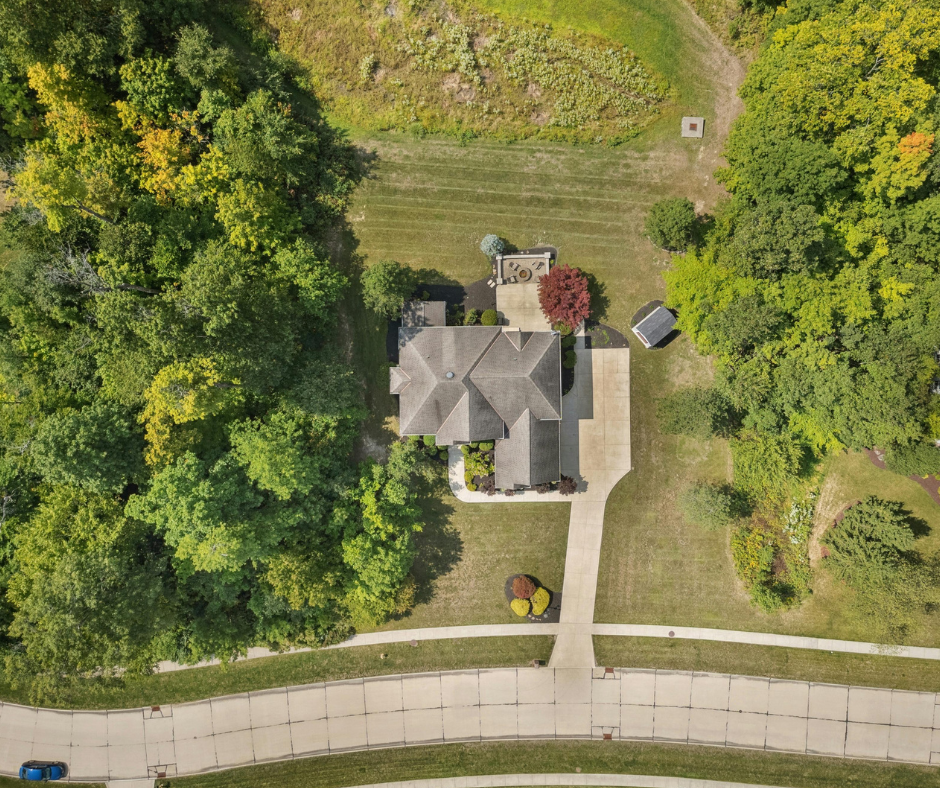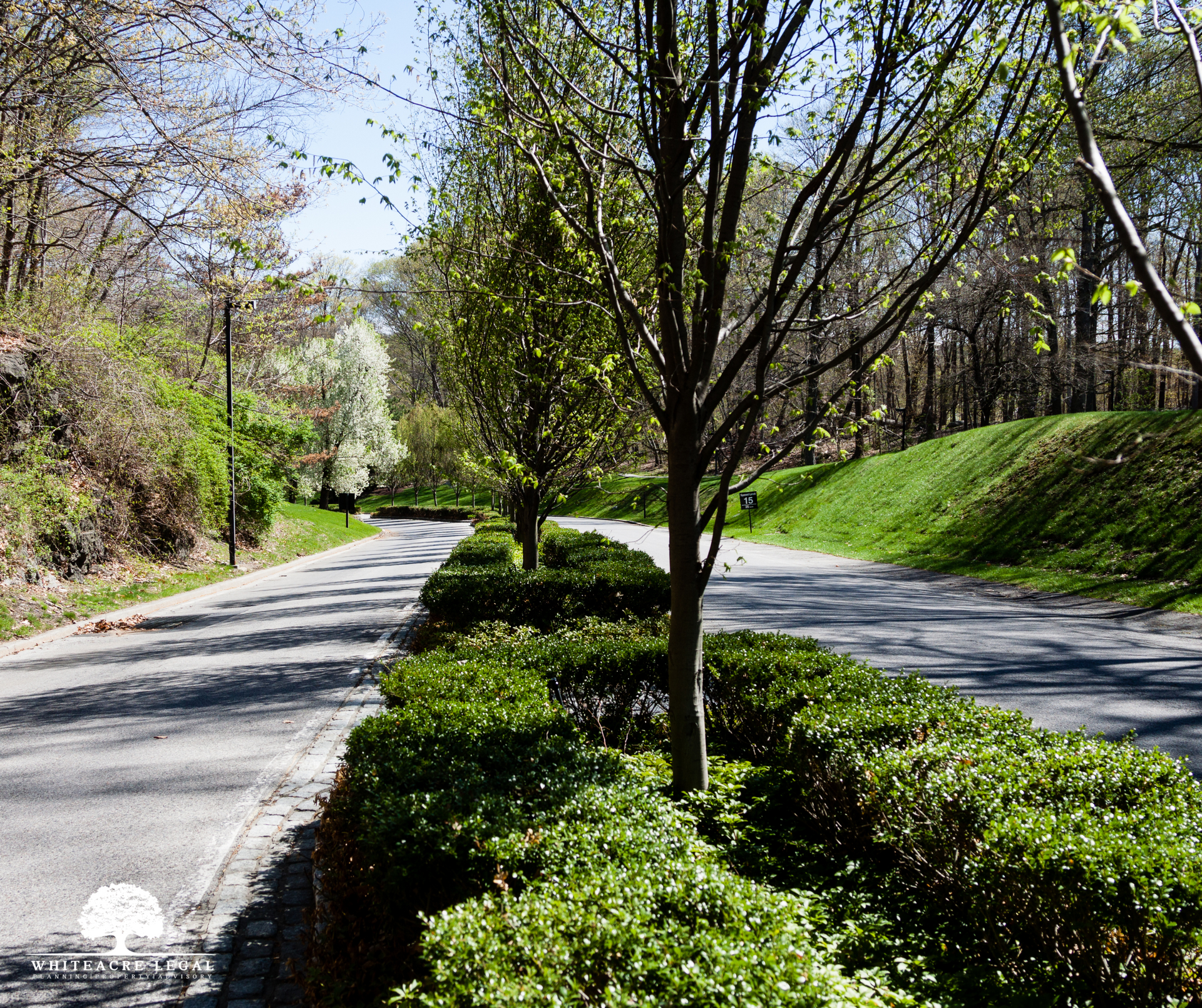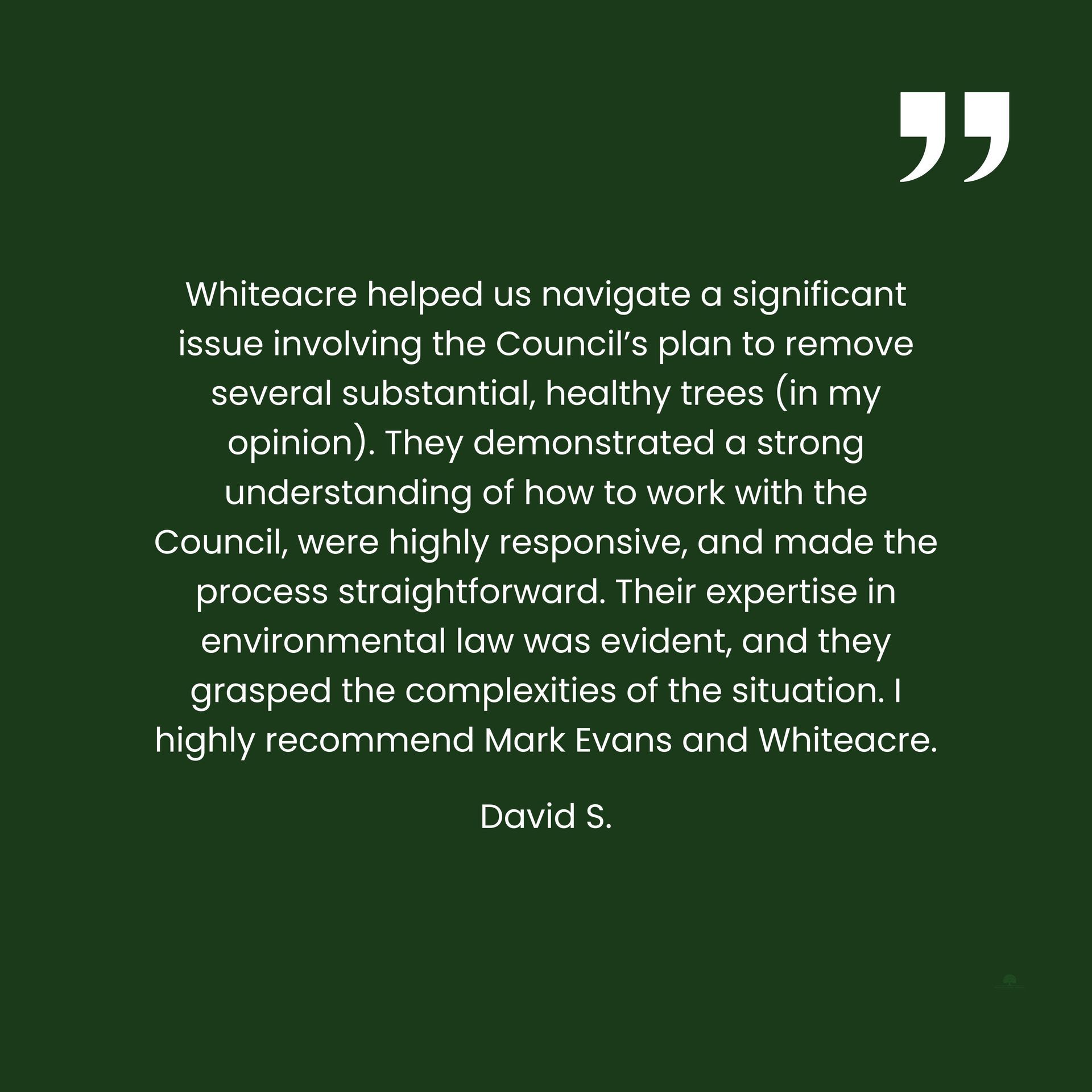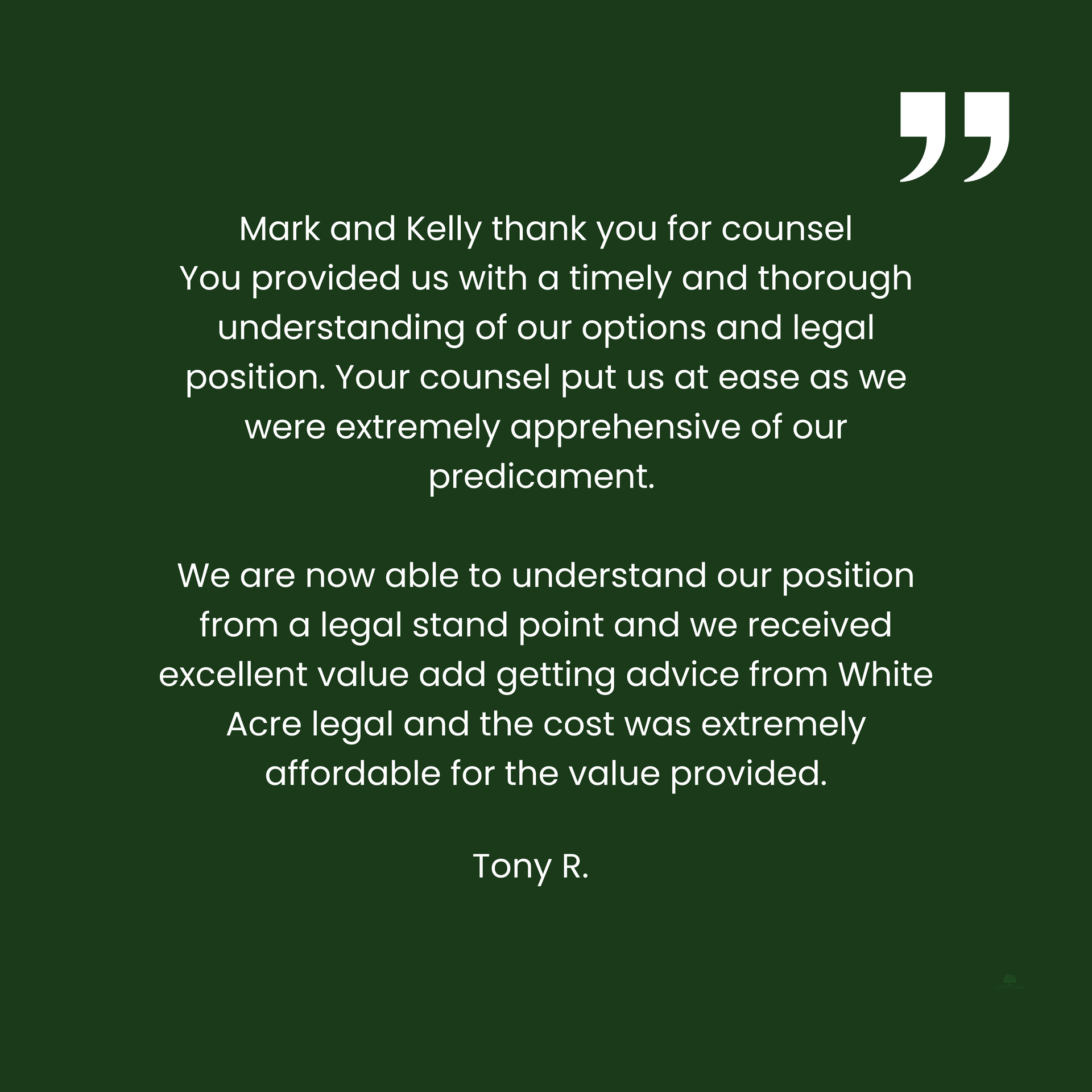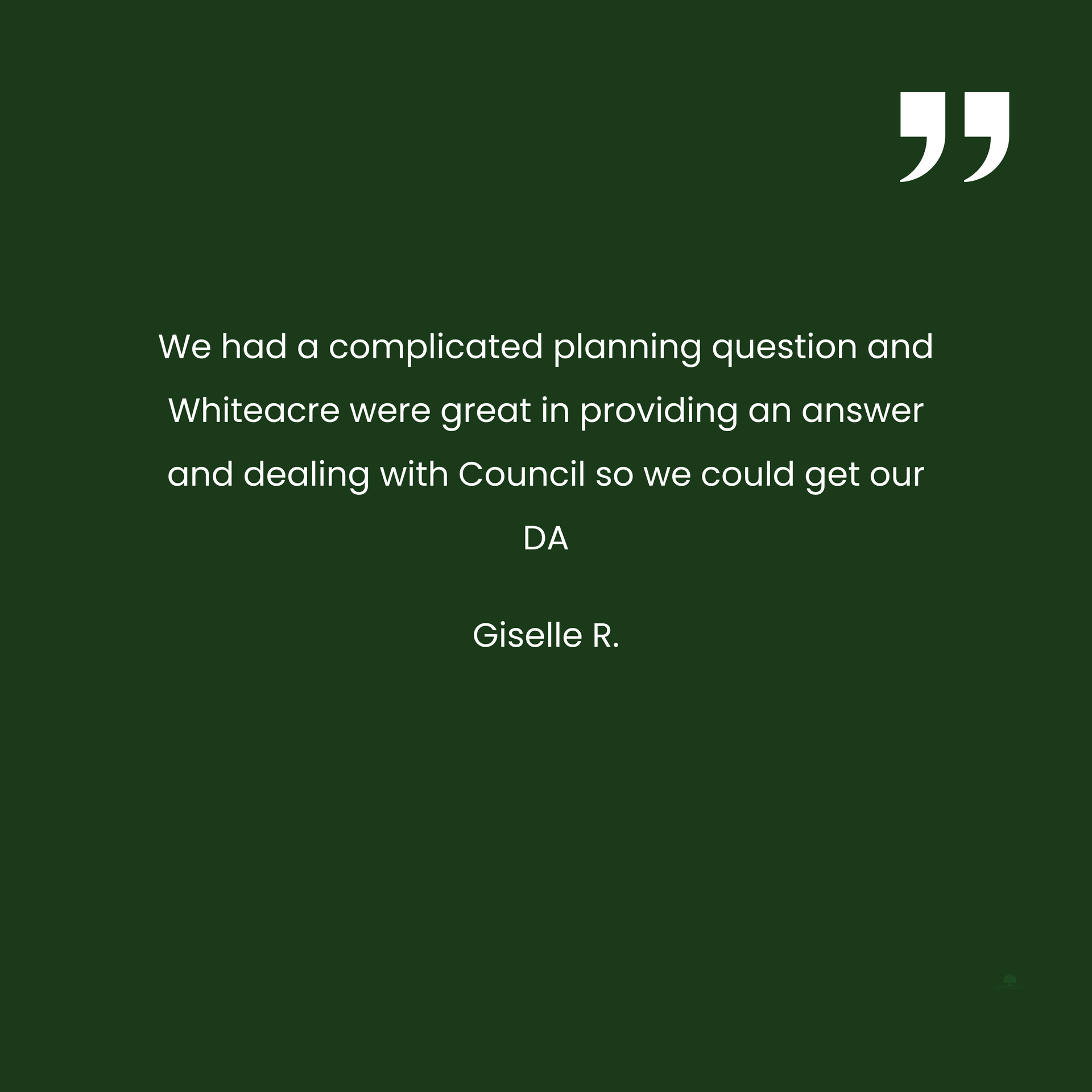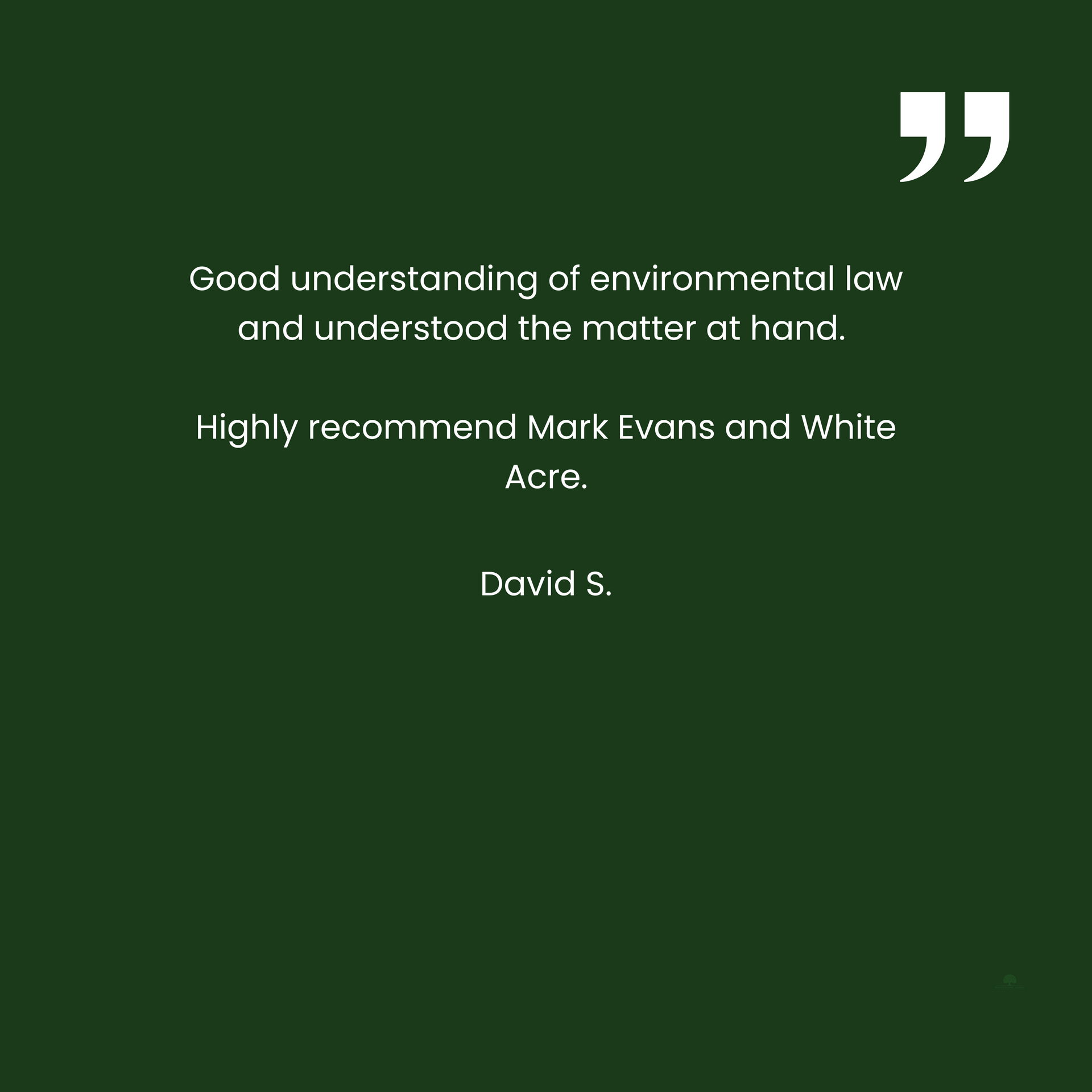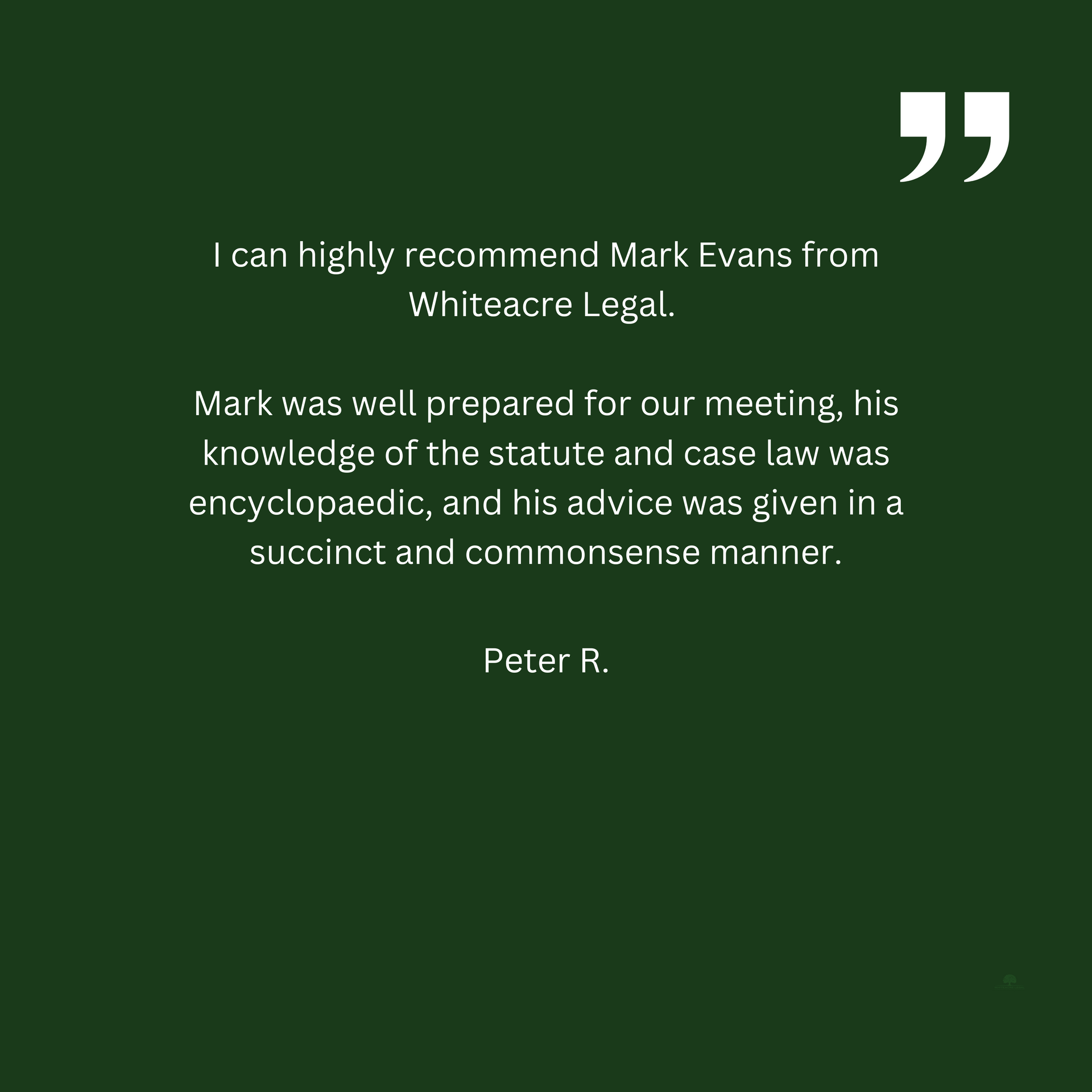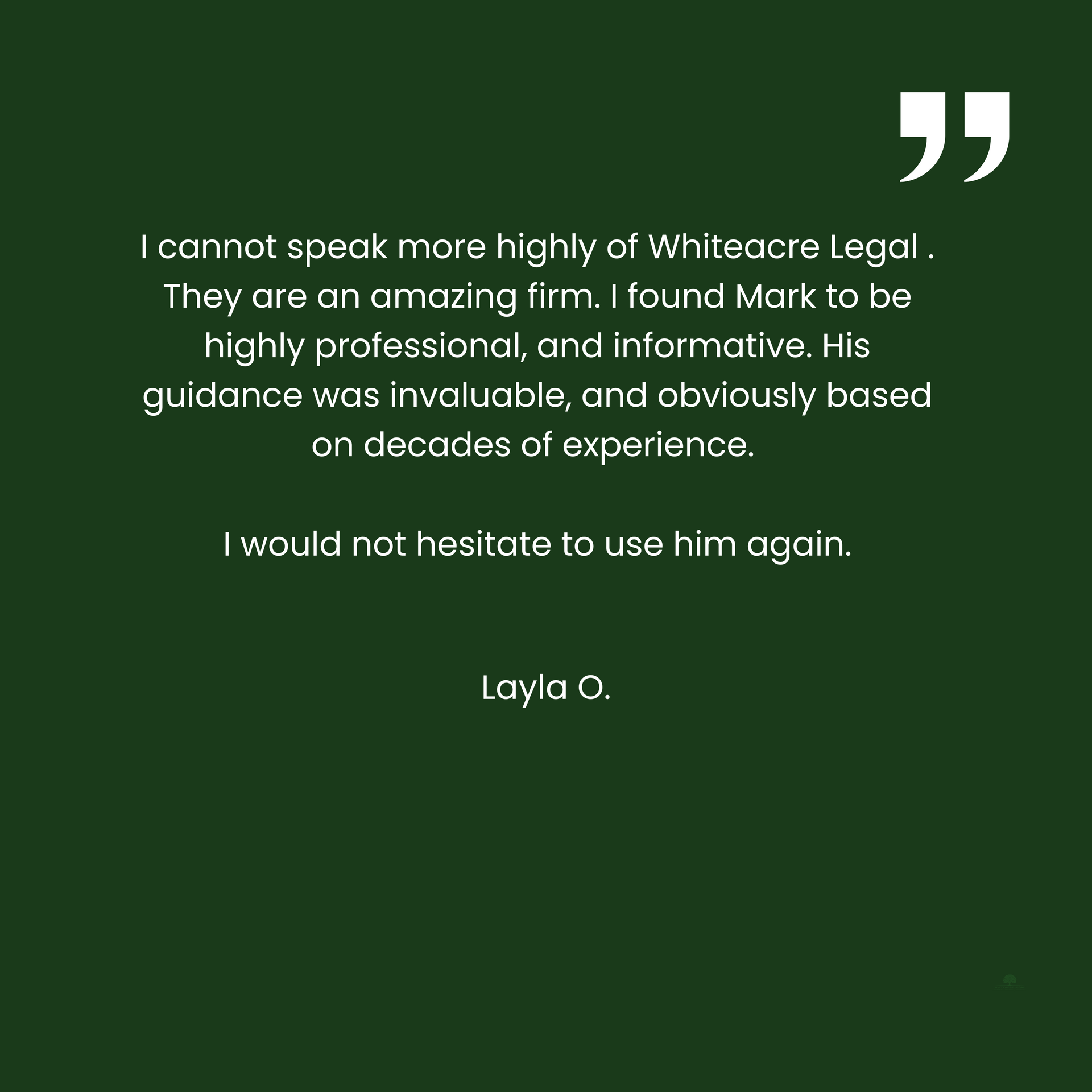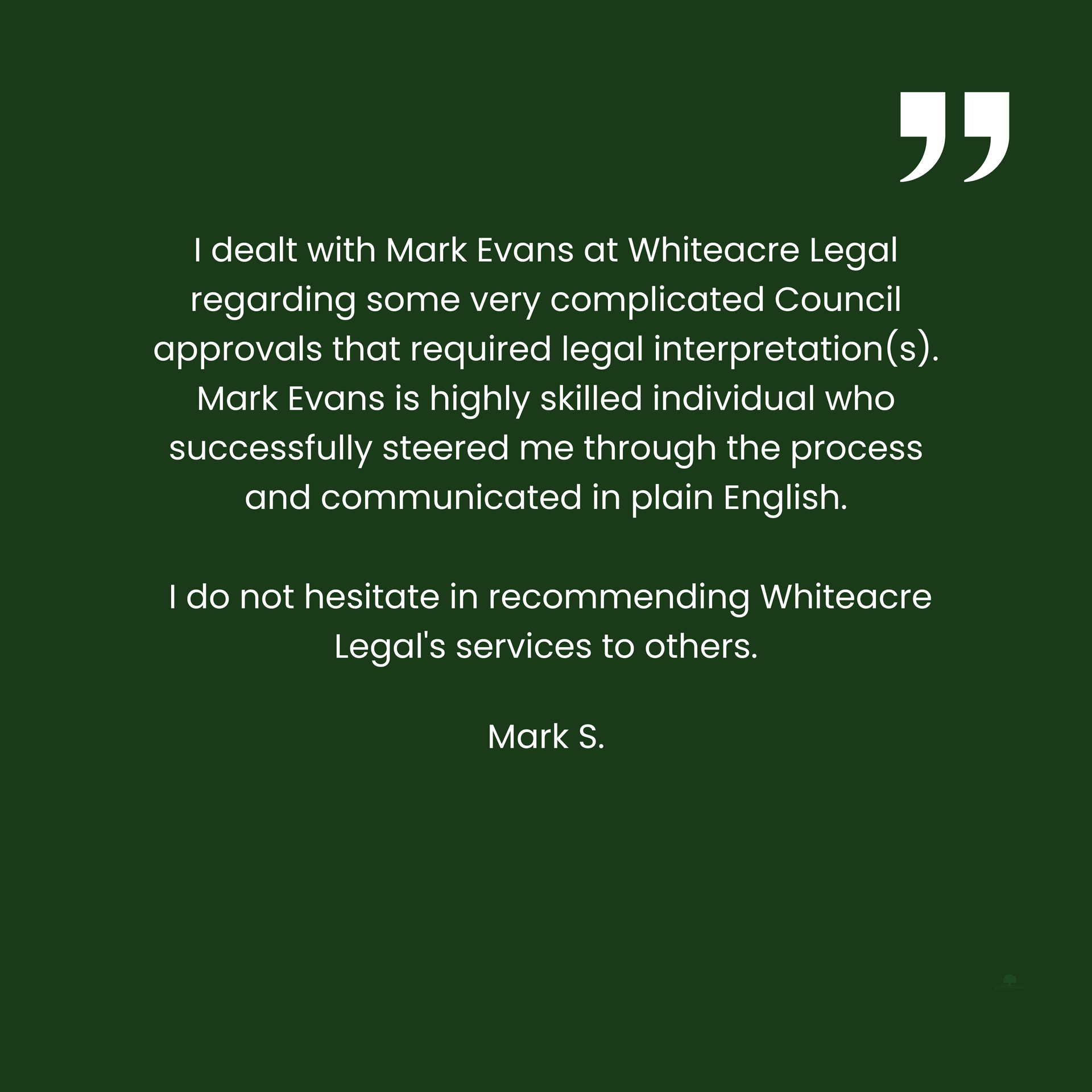Substantial interference with easements
This article discusses substantial interference with an easement and recent consideration of this issue by the NSW Supreme Court.

Rights under an easement are limited
To understand whether interference with an easement might be actionable we need to proceed from the following premise. Although the terms of an easement are usually wide in scope (for example “a right to pass and repass at all times and for all purposes”), an easement should be limited to that which is reasonably necessary for the effective and reasonable enjoyment of the easement: Westfield Management Ltd v Perpetual Trustee Co Ltd (2007) 233 CLR 528.
Interference with an easement is not actionable unless it is “substantial” or “material”: Powell v Langdon (1944) 45 SR (NSW) 136 at 139; Lehane v Jones (1982) NSW Conv R 55-079 at 56,470; Cogente Pty Ltd v Doe (1998) 8 BPR 15,885 at 15,890; Platt v Ciriello [1988] 2 Qd R 417 at 433-435. Whether interference is “substantial” or “material” will depend on the terms of the easement and the circumstances of each case.
Much depends on the circumstances of each case
A lot depends on the circumstances of each case and often involves considerations of fact and degree. For example, in some circumstances installing a gate across an easement may substantially interfere with it’s use while in others installing a gate, locking the gate and giving everyone a key will not.
The following case law gives useful guidance on how the NSW Supreme Court has recently dealt with these issues.
We will use the terms of “burdened land” (servient tenement) and “benefited land” (dominant tenement”) below, when describing the respective land tenements.
Trewin v Felton
In Trewin v Felton [2007] NSWSC 851 (Trewin v Felton), Brereton J held that it was not an actionable nuisance for the owner of the burdened land to install a fence and gates along the sides of a right of carriageway and it was permissible to restrict access to the benefited land to discrete points along the easement site and site boundaries.
In Trewin v Felton, the owner of the burdened land constructed a fence along part of an access corridor and proposed to allow access through a 3-metre gate at some point along that fence. The owner of the benefited land removed the fence and the owner of the burdened land sued for damages and reinstatement of the fence.
The owner of the burdened land then constructed substantial brick gate posts, the effect of those gate posts was to reduce the width of the access corridor at that point to 3 metres to the benefited land.
Brereton J held at [19] that:
1. the owner of the burdened land is entitled to instal a fence along the boundary to secure its property;
2. the owner of the benefited land is entitled to reasonable use of the right of way through gates at such points in that fence as to meet its reasonable requirements; and
3. the owner of the benefited land may have access through gates at a number of places and may determine from time to time the points of access, which may vary over the years; but
4. the owner of the benefited land is not entitled to have the entire easement site remain unfenced.
Brereton J at [36] said:
“These authorities establish that, ordinarily, in the absence of a specific provision in the terms of the easement, and except where the circumstances otherwise indicate, the servient owner is entitled to fence the right of way, provided that sufficient points of access through gates are allowed to permit reasonable user of the right of way; that the dominant owner is not entitled to have the right of way remain unfenced; and that the dominant owner is not limited to a single point of access and does not irrevocably elect to use only one point of access by initially determining to do so, but may from time to time vary the points at which access is exercised to and from the right of way. Further, the servient owner may gate the right of way, provided that the gate does not unreasonably obstruct user of the right of way.”
Dudley v Ainsworth
Trewin v Felton was applied recently in Dudley v Ainsworth [2021] NSWSC 1478 at [28] (Dudley v Ainsworth).
In Dudley v Ainsworth, the owner of the burdened land built a fence (and associated landscaping and drainage works) along the boundary between the two properties, for approximately the whole length of the easement site save for a gap of about 7.4m wide. The gap was situated roughly opposite a carport located on the benefited land and was provided to allow the owner of the benefited land to drive down the easement site and turn into a carport.
The owner of the benefited land complained that the fence and associated works amounted to a substantial interference with his reasonable use of the easement, in circumstances where there had previously been no fence along the boundary between the two properties in the easement area. The owner of the benefited land owned a bus and other large vehicles and the practical effect of the fence meant that he would no longer be able to turn those vehicles into a large shed from the driveway/easement site.
The owners of the burdened land denied that the fence amounted to a substantial interference with the use of the right of carriageway. The owners of the burdened land asserted that there was no substantial interference as the 7.4m gap in the fence afforded adequate access.
His Honour Darke J at [36] held that the relatively large size and rural nature of the land in question and the 8.609m width of the right of carriageway suggested that the right of carriageway was intended to facilitate access to and from the dominant tenement using vehicles of various types, including large vehicles and items of machinery.
His Honour at [40] found that the fence did interfere with the benefited landowner’s reasonable use of the right of way by denying sufficient points of access through gates because the fence:
a. denied access at the southern end of the easement; and
b. denied access opposite the roller door entrances to the large shed to facilitate vehicular access to and from the large shed.
The absence of gates and sufficient gaps in the fence impeded or restricted the ability of the owner of the benefited land from moving large vehicles between the easement area and the area near his house.
Accordingly, His Honour held at [44]:
“In summary, the defendants are entitled to fence their property along the boundary in the easement area, but not so as to deny points of access at the southern end of the easement and opposite the roller doors to the large shed. Had the defendants installed functioning gates and traversable gateways at those points, there would have been no actionable nuisance by obstructing the plaintiff’s enjoyment of the easement. There would have been sufficient points of access. However, the placing of fencing across those points, and the planting of small shrubs or trees there, amounts to a real substantial interference with the enjoyment of the easement so as to constitute an actionable nuisance.”
The owners of the burdened land were ordered to modify the existing fence to either leave those points of access open or have gates installed at those points to facilitate access.
Castle v Achdjian
In Castle v Achdjian [2022] NSWSC 1340 (Castle v Achdijian) Darke J held that a back fence separating two properties constituted a real substantial interference and ought to be removed.
In Castle v Achdijian, the right of carriageway was blocked for many years by a back fence (with no gates) across the rear of two properties. No driveway or pathway was ever constructed upon the right of way or over the burdened land. The owners of the benefited land made occasional use of the right of carriageway to obtain “rear access” to a street to the rear (by foot) but had their own driveway access and frontage to another street. The fence in question operated as a “back fence” and entirely blocked use of the right of carriageway by the owner of the benefited land.
Darke J held at [81] that it was clear that the fences that traversed the right of carriageway amounted to obstructions that constituted a real substantial interference with the enjoyment of the right of carriageway and thus amounted to actionable nuisances.
Accordingly, His Honour made orders that the fences be removed.
Conclusion
The terms of an easement may be broad but will be limited to that which reasonably necessary for the effective and reasonable enjoyment of the easement.
Interference with an easement is not actionable unless it is substantial or material.
What is considered “substantial” or “material” will largely depend on the facts of each case.
The owner of burdened land is entitled to install a fence along the boundary to secure its property.
The owner of benefited land is entitled to reasonable use of an easement. If the easement is a right of way, the owner of the benefited land is entitled to access through gates at a number of places and may determine from time to time the points of access.
While simple in theory, easements often raise complex questions of interpretation. Answers to these questions are not always straightforward and will depend heavily on the circumstances of each use.
If you wish to discuss this blog or have any questions regarding easements or other property law related issues, please contact Mark Evans at www.whiteacre.com.au.
Require further assistance? please do not hesitate to call us on (02) 9145 0900 or make an enquiry below.
Browse by categories

Servicing all of NSW, Whiteacre provides expert property law and planning and environment law advice and assistance.
✓ Planning Law Advice
✓ Land and Environment Court Appeals
✓ Voluntary Planning Agreements and Contributions
✓ Development Control Orders and Enforcement
✓ Property Development Advice and Due Diligence
✓ Title Structuring
✓ Easements and Covenants
✓
Strata and Community Title legislation
Book an initial consultation through our website with our planning law solicitor. Whether it's about planning and environment law or property law, you can approach us and discuss your matter to make sure we are a good fit for your requirements.





